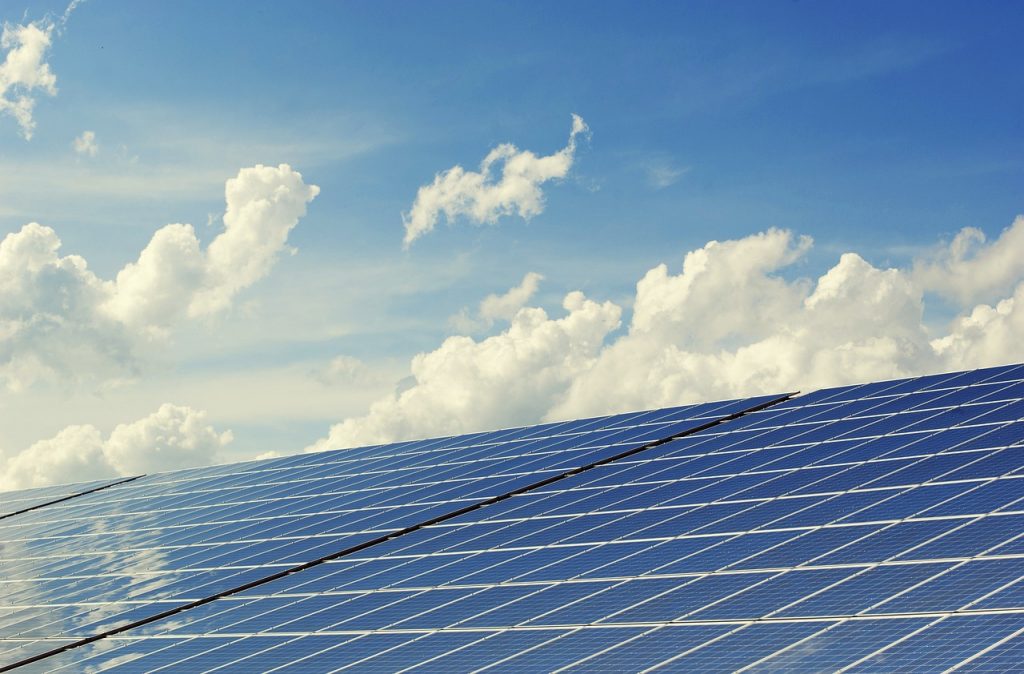
Australia is one of the best places on Earth to invest in residential solar power. Thanks to its vast sunshine, government incentives, and rising electricity prices, more homeowners are turning to solar energy not just for sustainability but also for cost savings. This article explores what makes a solar panel ideal for Australian homes by considering local climate, installation costs, and financial returns.
Abundant Sunshine: A Natural Advantage
Australia boasts some of the highest solar radiation levels globally, making it incredibly favorable for solar power generation:
- Northern regions (Queensland, NT): Enjoy over 3,000 hours of sunshine annually.
- Southern regions (Victoria, Tasmania): Receive slightly less but still significant solar exposure.
- Outback and inland areas: Often exceed 5.5–6.0 kWh/m²/day of solar radiation.
This wide availability of sunlight means solar panels in Australia perform very efficiently, particularly in summer months.
Popular Solar Panel Types in Australia
Due to the high irradiance and large roof spaces in many Australian homes, the focus is often on high-efficiency and heat-resistant panels:
- Monocrystalline Panels: Most common and efficient (19–22%). Ideal for cities like Sydney or Melbourne with standard roof sizes.
- Bifacial Panels: Gaining popularity for large installations due to their ability to capture reflected light.
- Tier 1 Brands: Australians typically prefer brands like Q CELLS, JinkoSolar, REC, Trina Solar, and SunPower, all offering excellent warranties and heat tolerance.
Installation Costs and Incentives
Thanks to economies of scale and strong competition, Australia has some of the lowest solar installation costs globally.
- Average system size: 6.6 kW (for a 3–4 bedroom house)
- Average cost: AUD $4,000–$7,000 after rebates
- STC rebates (Small-scale Technology Certificates): Reduce upfront cost significantly
- Feed-in Tariffs: Vary by state, ranging from AUD $0.05 to $0.20/kWh depending on your provider and plan
Cost Benefits and Payback Period
- Annual savings: Around AUD $800–$1,500 depending on location and consumption
- Payback period: Typically 3–6 years, one of the fastest in the world
- Return on Investment (ROI): Often exceeds 15% annually
- Battery integration: While battery systems (e.g., Tesla Powerwall) add cost, they provide more energy independence and lower nighttime electricity reliance
Recommendations for Homeowners
When selecting a solar panel system in Australia:
- Choose high-efficiency monocrystalline or Tier 1 panels
- Consider future-proofing your system by preparing for battery storage
- Use government calculators (like Solar Victoria’s) to estimate savings and incentives
- Work with a Clean Energy Council (CEC)-accredited installer
Solar in Australia is a Smart Investment
With strong sunlight, affordable systems, and supportive policies, Australia presents a nearly ideal environment for residential solar. For most homeowners, the decision is less about “should I go solar?” and more about “when and with whom?” Whether you’re trying to cut your electricity bills or make your home greener, solar panels are a practical, profitable, and sustainable step for Australian households.